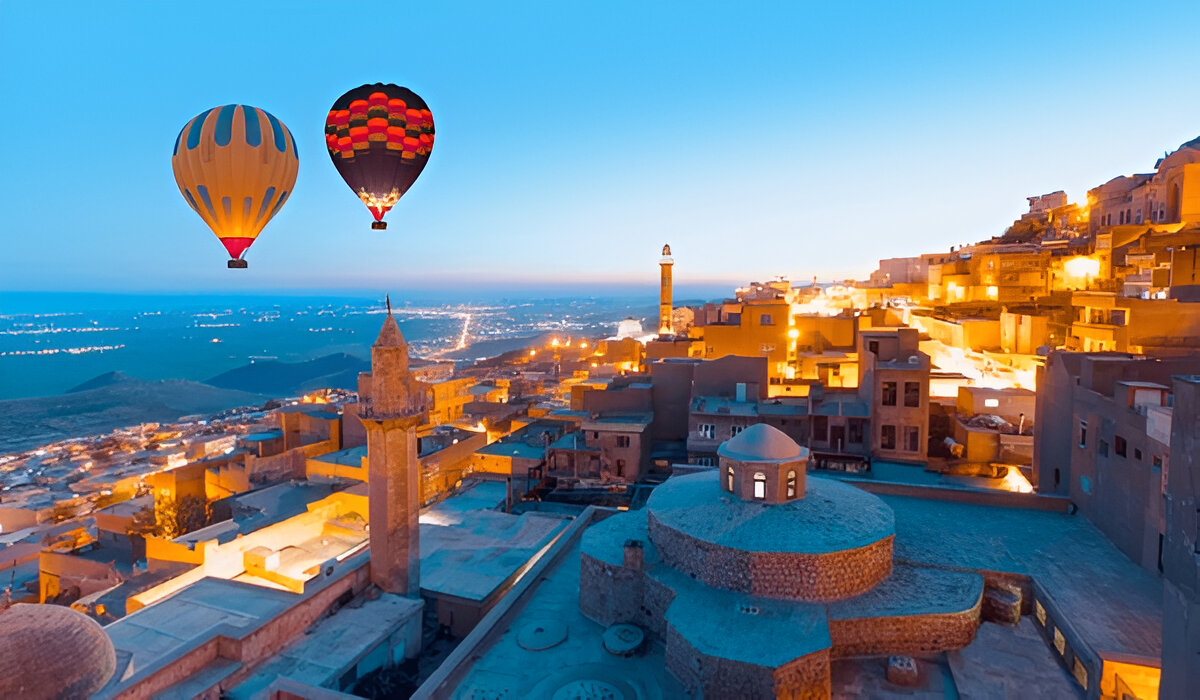Egypt is famed for its massive pyramids and famous temples, but beyond the well-traveled routes of Giza and Luxor lie less-known sanctuaries with mysteries of past civilizations. Often disregarded by popular travel, these secret temples offer a more personal and breathtaking experience that lets visitors stand back in time and absorb the architectural and spiritual wonders of the past. Discovering Egypt’s hidden temples is an adventure that rewards the inquisitive and the daring, from far-off desert shrines to abandoned riverside sanctuaries.
Unveiling Egypt’s Lesser-Known Wonders
Among Egypt’s hidden gems is the Western Desert architectural masterpiece, the Temple of Hibis. This well-preserved temple from the sixth century BC, situated in the Kharga Oasis, honors Amun-Ra and features amazing reliefs and hieroglyphs that chronicle the religious practices of the day. Unlike the packed temples of Luxor, the Temple of Hibis provides a peaceful environment where guests may explore at their speed, so enjoying the rich legacy reflected through its stone columns.
Nestled deep in the Nile Valley, the magnificent Nubian structure known as Kalabsha was moved during the building of the Aswan High Dam. Though less well-known than Abu Simbel, Kalabsha has some of the best specimens of Roman-era Egyptian craftsmanship and complex engravings dedicated to the god Mandulis. Its remote position on Lake Nasser accentuates its magical appeal, which increases the gratification of traveling to this secret jewel.
The Temple of Qasr Qarun in the Fayoum Oasis offers a remarkable window into Greco-Roman Egypt for anyone prepared to stray from the road. Surrounded by the calm serenity of the Fayoum area, this ancient temple honors Sobek, the crocodile god. The construction is still surprisingly intact, with corridors and chambers that arouse surprise and intrigue. One can practically hear the voices of former priests who formerly carried out holy ceremonies within its hallways as one walks through them.
Egypt Visa For MACEDONIAN CITIZENS
The Road Less Traveled: How to Reach These Temples
Many of these hidden temples are far from Egypt’s main tourist destinations; exploring them creates curiosity and willpower. Private guides and specialist tour companies can be quite helpful in negotiating the far-off scenery and obtaining the required access rights. A qualified guide guarantees safe travel and improves the experience with thorough historical knowledge and local legends.
Renting a car or booking a private driver is the best approach for individuals who want the excitement of autonomous discovery to reach the most remote locations. With its Temple of Hibis, stunning golden dune, and lush oasis scenery, the Western Desert presents a journey as fascinating as the site. For those wishing to see the Temple of Kalabsha, a boat excursion across Lake Nasser is also essential since it provides panoramic views of Egypt’s less-traveled rivers.
Seeing these secret temples also depends much on timing. Unlike Egypt’s most well-known attractions, which are frequently humming with visitors, these isolated sanctuaries offer a quiet haven for those seeking seclusion. Arriving early in the morning or right before dusk improves the experience by offering the ideal mix of golden light and unspoiled discovery. Broken only by the whispering wind or the far-off calls of desert birds, the quiet of these temples creates an almost magical environment that ties guests to the spiritual core of ancient Egypt.
Egypt Visa For MALTESE CITIZENS
Embracing the Magic of Discovery
Discovering Egypt’s secret temples is beautiful not only in terms of historical importance but also in terms of the adventure involved. Unlike the grandeur of Karnak or the majesty of Abu Simbel, these less well-known monuments provide a personal interaction with Egypt’s history away from the crowds and commercialism. Knowing that only a few people have followed the same road in recent years, standing in the shadow of an old shrine has a very affecting effect.
Every temple whispers its own story via worn-out stone and fading hieroglyphics. The desert has partially recovered some; their remains bear evidence of time passing. Others are still shockingly whole, silent guardians of a bygone age. Whether it’s a difficult drive over the desert, a boat ride across a large lake, or a stroll across a palm-fringed oasis, every step feels like a rediscovery of history itself—the path to these sites is as much about the experience as it is about the destination.
Egypt’s secret temples inspire visitors to venture beyond the known and welcome the uncharted. Few others provide the chance to interact with the ancient soul of the nation in the manner they do. For those ready to stray off the path, there are many benefits: a greater respect for Egypt’s rich past, the excitement of exploration, and the peaceful beauty of standing alone where time stops still.
Read more: Aswan & Nubian Villages: Egypt’s Most Colorful Destinations




